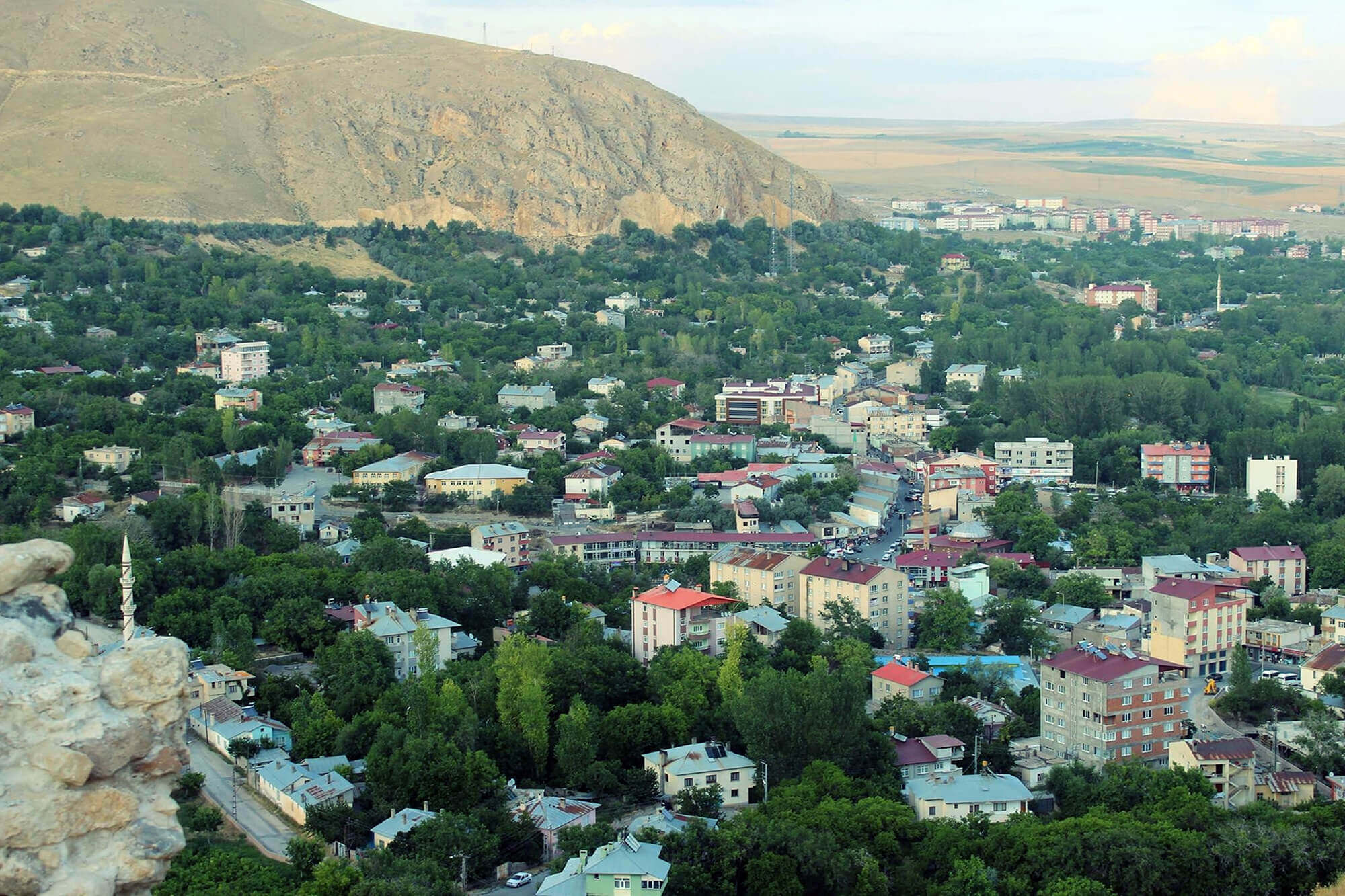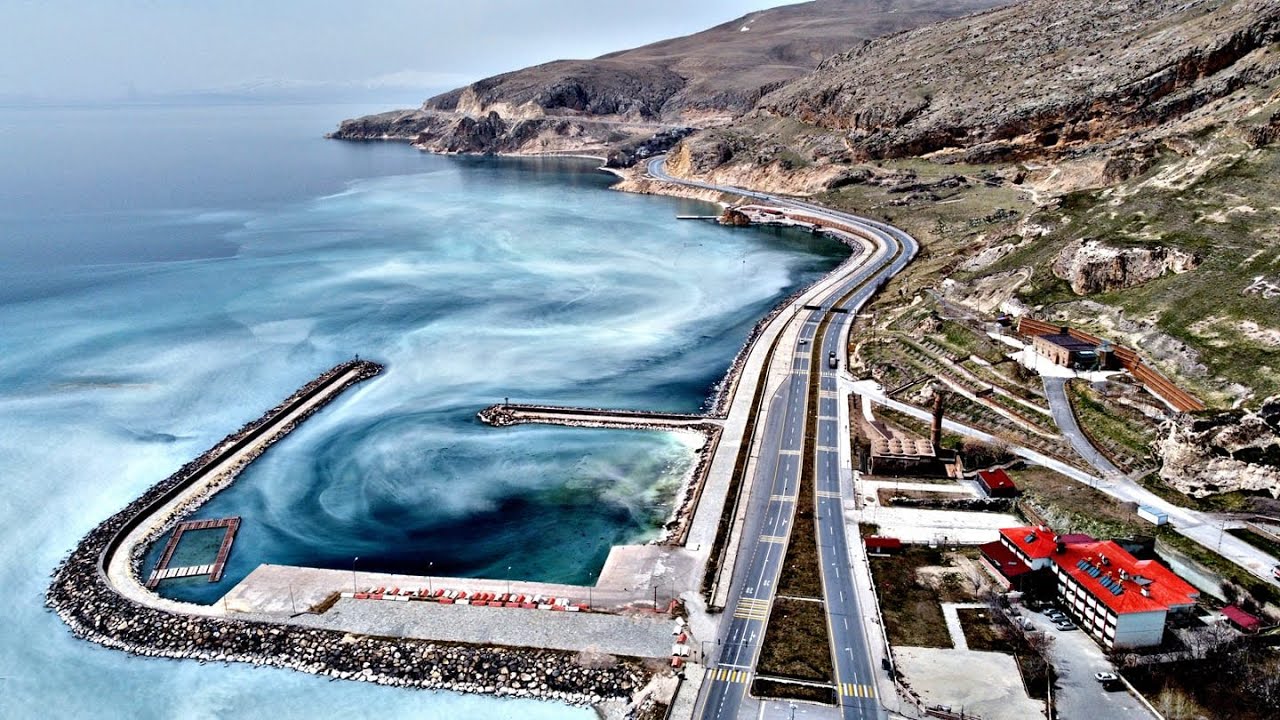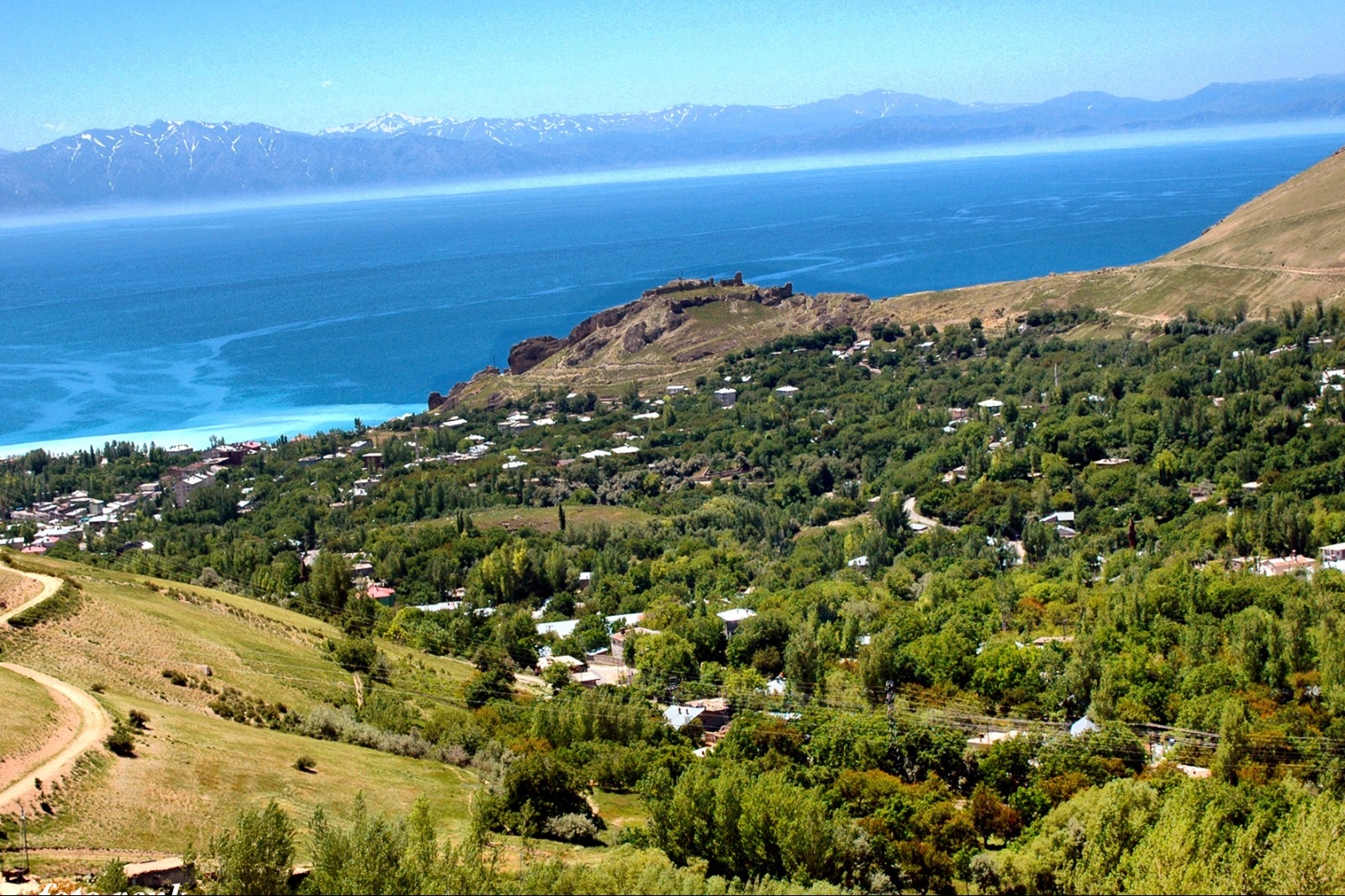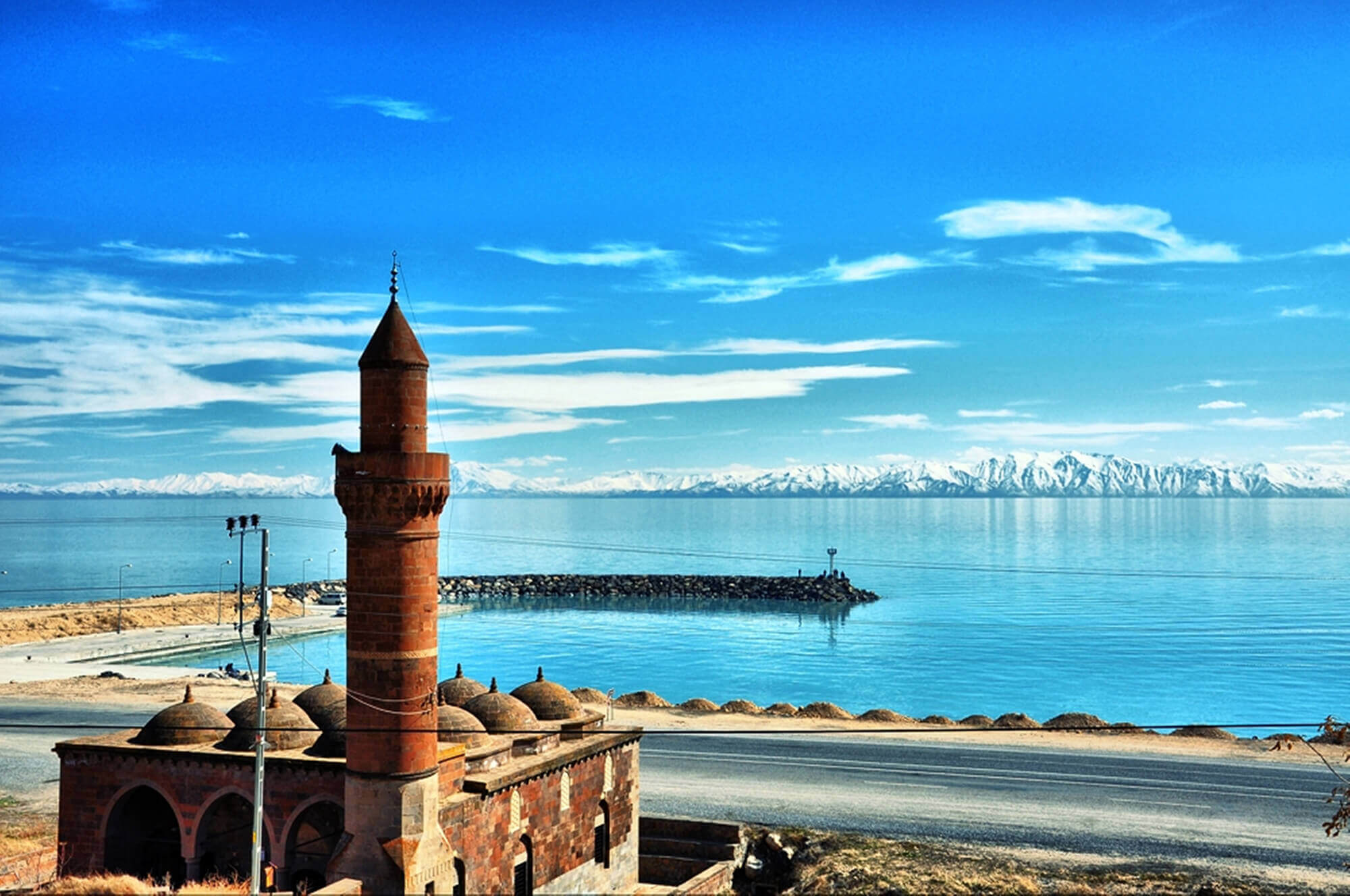Adilcevaz
In the Adilcevaz article of the Turkish Encyclopedia, the old name of the region is Arcige. In some documents belonging to the General Directorate of Foundations, the region is mentioned as Zatu'l-Cevaz in Arabic, meaning Valley of Walnuts. Adilcevaz district was called Ardzgue by the Armenians living in the region. In the north of the district, there is a castle belonging to the Urartians, today called Kef Castle. The history of Adilcevaz dates back to ancient times. The history of the region dates back to the Chalcotic age. The region was primarily dominated by Assyrians. Later, Urartians settled in Lake Van and its surroundings. Persians (700 BC) and Macedonians (330 BC) dominated here. Arab raids reached here in 700 AD, and in the following years, the region witnessed constant wars between the Arabs and the Byzantines and changed hands between the two communities from time to time. After the Battle of Manzikert (1071), Turkish rule began in the region. It was annexed to the Ottoman lands after the Battle of Çaldıran by Yavuz Sultan Selim (1514). Although Armenians tried to dominate this region during and after the Russian occupation during the First World War, Turkish dominance in the region became clear with the Treaty of Gyumri signed between the Turkish Grand National Assembly and Armenia. With the declaration of the republic on October 29, 1923, the district status of Adilcevaz, which continued to be a district of Van, was abolished in 1926. When Ahlat was annexed to Van in 1929, Adilcevaz also became subject to Van. In 1953, it was converted into a district and connected to Bitlis province. Walnut Festival is traditionally held in Adilcevaz in the first week of October. Walnut trees are selected along with various events. In terms of ethnic structure, there is a concentration of citizens of Turkmen origin in the center and Kurdish origin in the villages. There are also Circassian villages such as Yolçatı Village. Cultural riches come to the fore in the district, where the ethnic structure is high.








Leave Your Comments